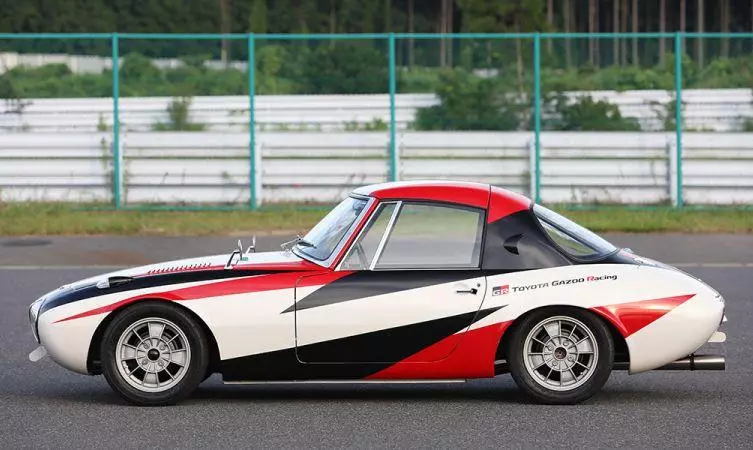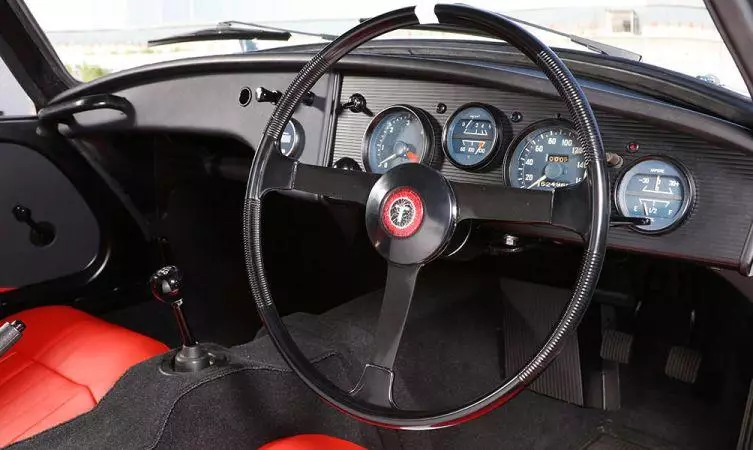Derived from the regular 800 that was also the first sports car marketed by the Japanese brand, this Toyota Sports 800 , with chassis number 10007, will have been one of four units converted for the competition, which participated in the 500 km of Suzuka in 1966. This particular unit, will have finished the race in second place, driven by pilot Mitsuo Tamura.
Although with a maximum power of just 46 hp, taken from a block with no more than 790 cm3, the victory in the race, in which rivals with 2.0-liter engines were equally participating, actually ended up smiling at one of the Toyota Sports 800. All thanks its low weight and extremely efficient aerodynamics.
Innovation in aerodynamics and construction
Developed by Tatsuo Hasegawa, a former aeronautical engineer and father of the first Corolla, he used his expertise to define an aerodynamically effective shape for the Sports 800. At the time, his work in the wind tunnel was considered revolutionary in the industry.
It also innovated in the construction field, having been the first Japanese production model to use a combination of steel and aluminum, a fact that allowed it to advertise a weight of no more than 580 kg.

Toyota Sports 800 1965
In the Suzuka race, the combination of low weight and low aerodynamic resistance allowed the Sports 800 to average 11.5 l/100 km at race pace, which gave them a huge advantage, as they were the only ones who didn't have to stop to refuel. A situation that even led the race organizers to, suspiciously, demand to see the fuel tanks, only to discover that they were not only in compliance, but also had 30% of the fuel.

Toyota Sports 800 1965
Back to life by the hand of Toyota Gazoo Racing
In the specific case of this unit, which will have raced with number 3, it was discovered in a garage and recovered by the Toyota Gazoo Racing competition division. Which decided to paint it with the same decoration already known, both the Yaris WRC and the LMP1 prototype.
FOLLOW US ON YOUTUBE Subscribe to our channel
The recovery was based on old information, from which it was possible to rebuild components and manufacture new parts, thus allowing the reconstruction of more than half of the bodywork. The same goes for the competition suspension and engine components.
Now, it's time to enjoy the (deserved) makeover at the Toyota Museum.
